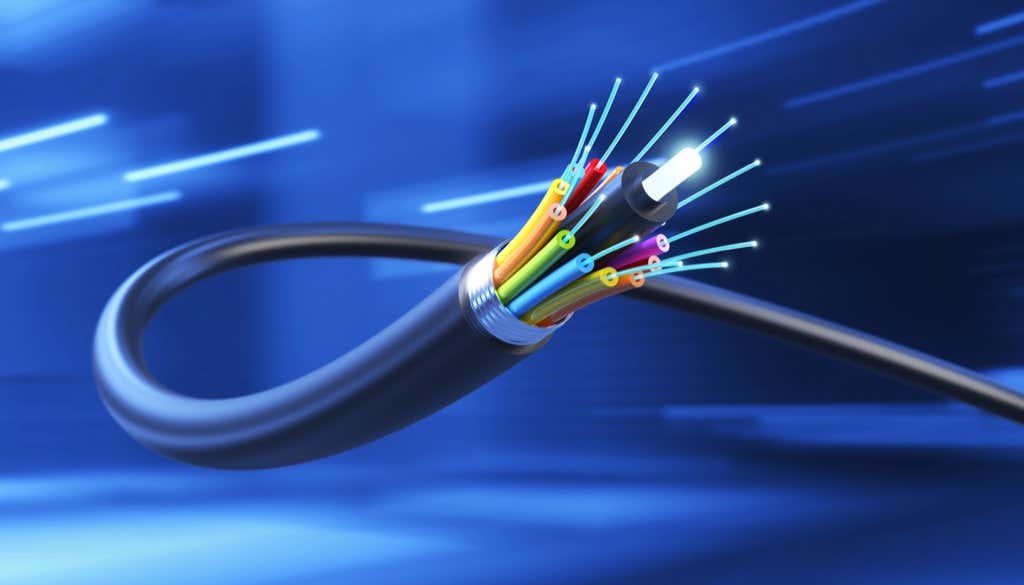What Is Meant By Fiber Internet?
There is no doubt that the internet is shaping our lives these days. Statistics, that were formulated after careful and in-depth research, show that there are about five billion users of the global network in today’s times. That means that it is more likely for any human on the face of this earth to be an internet user than not. And by an internet user, we do not mean someone who uses the internet for a few minutes a day; according to research, the average social media user spends more than a couple of hours just on social platforms, let alone apps that are not categorized as social media and still require the internet to function. Another striking figure about the internet is the number of devices in the world connected to it. The figure is about 35 billion. Putting things into context, that is significantly more than four times the global population and a hundred times more than the population of this great country – America. This growth in the usage of the internet was probably caused by the increase in supply – above 7000 internet service providers exist just in the United States. Do you think this number might be too high to be true? We grabbed this statistic from The World Factbook of the Central Intelligence Agency – one of the most reliable resources when it comes to world statistics on pretty much anything.

Given how massively the network of networks has set a foothold in our everyday life, it is not surprising that we often end up talking about it at family get-togethers and picnics. Many discuss the scientists who played their parts the most in the evolution of the global network. Many others deliberate on which internet service provider is better than all the rest. Yet another part of the internet-using populace likes to decipher how the internet even gets transmitted to homes in every corner of the world. We have some good news for you in the case you feel most close to the last group we mentioned. In this article, we will be elaborating on fiber internet – the internet medium that enables, at the very least, 80% of the sharing of all voice traffic and long-distance data.
Having been in the works since the twentieth century, fiber only just became a big thing in the twenty-first. Today, it is growing in the number of users much quicker than other types of the internet such as cable internet and the digital subscriber line (DSL). And all of this is due to some obvious truths. Fiber allows for speeds much faster than other internet types. In fact, one of the Xfinity internet plans available in big cities allows speeds of up to three thousand megabits per second. Alongside, even though it allows for much higher speeds, its plans are not even that expensive compared to other packages. Much of this is due to the amazing technology incorporated in the fiber-optic line. Let us tell you more about this marvel.
The Fiber-Optic Line
In the same way that the DSL line transmits the digital subscriber line internet and the coaxial cable is responsible for the transmission of cable internet, the fiber-optic line enables the movement of fiber internet signals. This line consists of glass filaments. These filaments carry internet signals in the form of light. What this does is that it enables internet transmission without much distortion even over long distances. This, in turn, allows the high speeds that fiber internet users enjoy.
Types of Fiber Internet
There are three main types of fiber internet:
Fiber To The Curb
Fiber to the curb involves the transmission of fiber signals to a utility box or pole.
Fiber To The Home
Fiber to the home, as the name suggests, is a type of fiber infrastructure that involves the transmission of the internet directly to people’s homes. It is also called fiber to the premises.
Fiber To The Neighborhood
Fiber to the neighborhood involves the transmission of the internet to a group of customers at a maximum distance of one mile. It is also called fiber to the node.
Wrapping Up
We hope this article has helped you decipher what is meant by the term “fiber internet.” Many discussions keep taking place on this cutting-edge technology and we are sure reading this article will help you better contribute to those discourses.